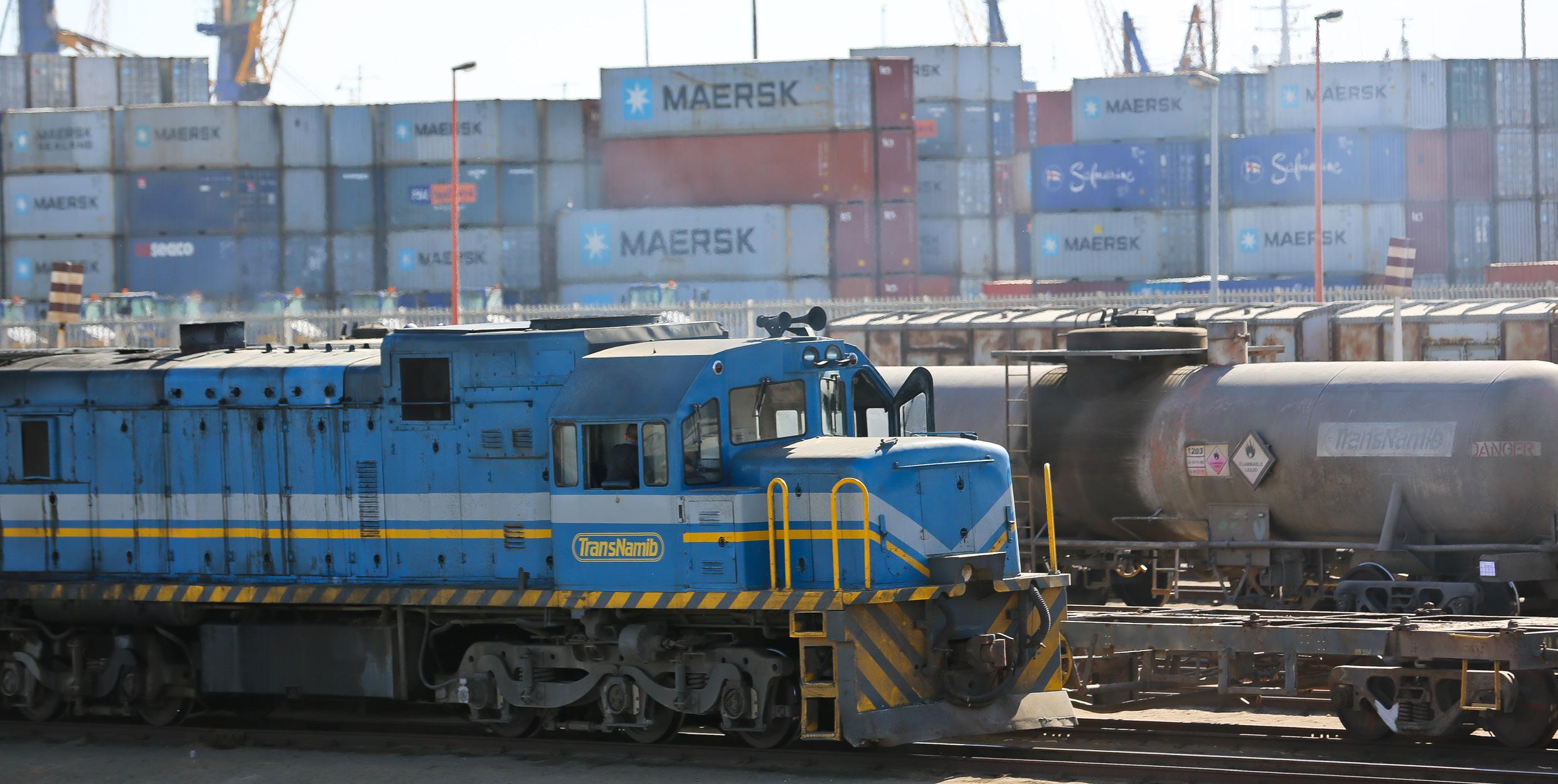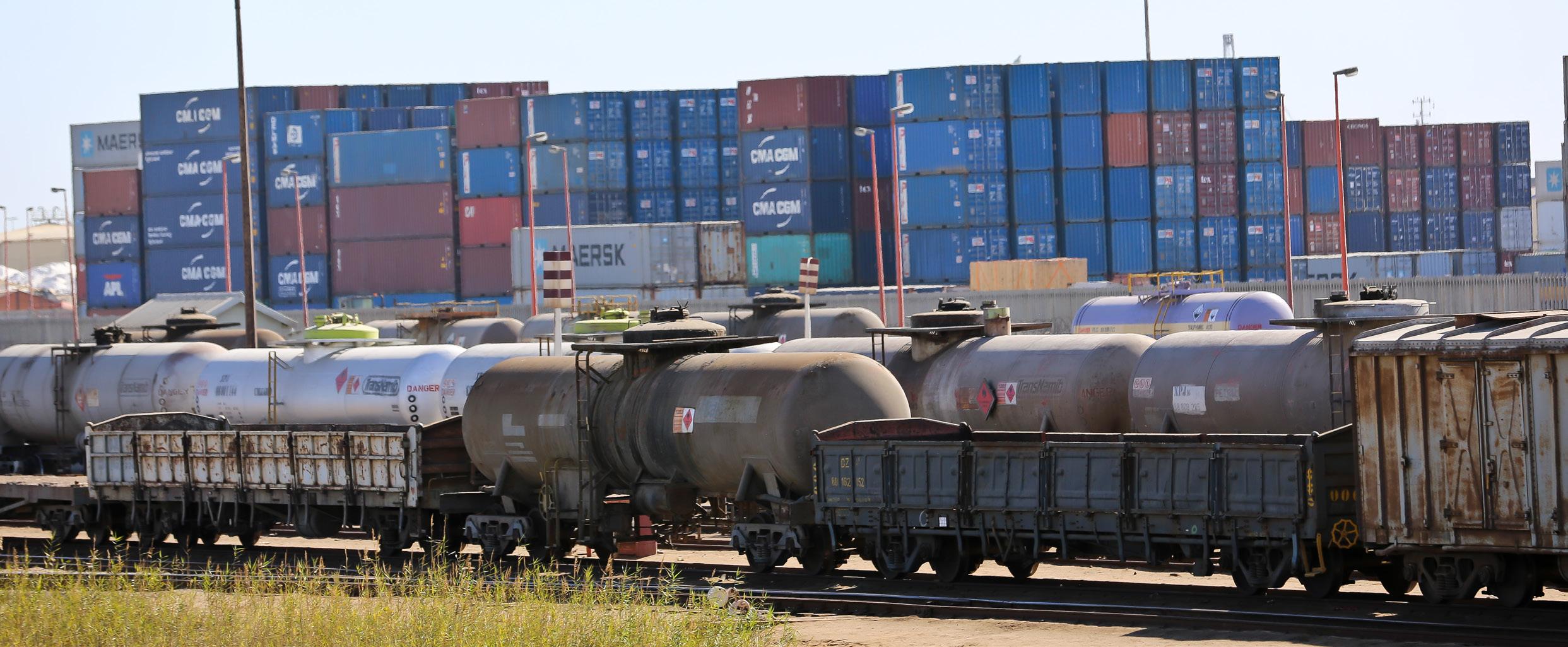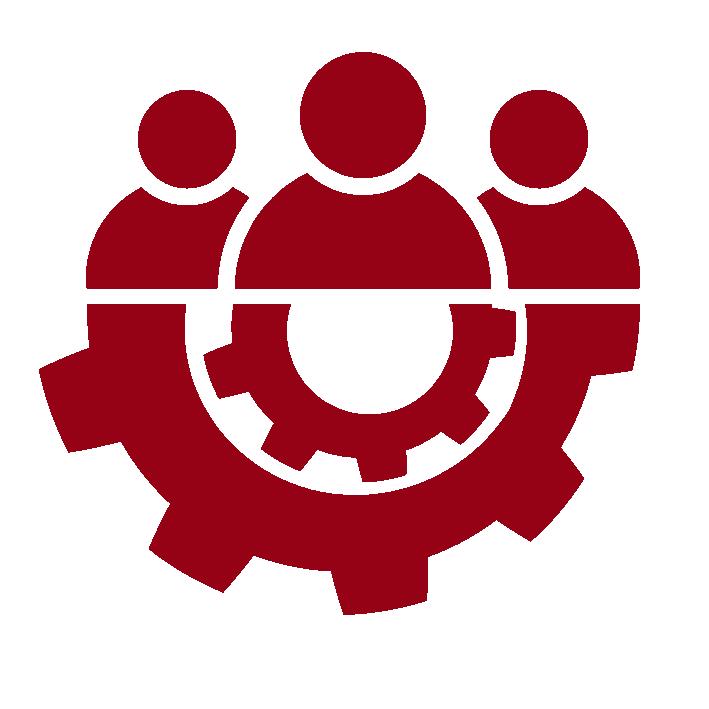
5 minute read
Transnamib
Rail in Namibia celebrates 125 years of existence in 2020. Rail’s humble beginnings when the first local railway was constructed in 1895 by the Damaraland Guano Company for commercial purposes and has since become a vital player in the transportation industry. TransNamib’s headquarters are located in the capital of Namibia, Windhoek and serves both Namibian and regional markets and has a vast range of commercial depots in all key towns in Namibia.
Namibia’s railway lines cover 2,682 kilometres countrywide, and stretch from Nakop in the South, to Oshikango, in the Northern part of Namibia and from the central parts of the country to the coastal towns of Swakopmund, Walvis Bay and Lüderitz. On the eastern and north-eastern side, the railway line stretches up to Gobabis and Grootfontein respectively, providing interconnection to neighbouring countries via the Trans-Zambezi and Trans-Kalahari highways. With the anticipation that industries and economies in the SADC region will continue to grow and eventually exceed the current capacity of our roads infrastructures, rail is set to play a pivotal role in developing a country’s economy.
Advertisement
SUCCESSES
During the previous financial period, TransNamib generated revenue of N$517 million which is an 10.5% increase in revenue year on year. Despite the challenge of rolling stock, TransNamib managed to attain its highest percentage increase in revenue in over a decade. The company's performance is well aligned to its strategic objective of reaching break through financial performance by 2023.
Freight volumes increased by 8% during the year bringing both revenue and freight to best levels in more than 10 years. TransNamib also received its first unqualified audit in over decade, which is significant for the company as it will open more opportunities for the business from a financing perspective. Other significant achievements were a reduction in monthly operational loss and a re-branding exercise to reenergise the TransNamib brand.
In addition, TransNamib re-introduced the route between Keetmanshoop and Lüderitz which was closed for 18 years and is currently moving more than 15,000 tonnes of manganese per month which is currently being upscaled to 30,000 tons per month.
One of TransNamib’s successes was establishing the Grootfontein Dry Port. Two of the largest logistics service providers and truck operators are working with TransNamib to establish the railhead to enable rail replace the 623-kilometre Grootfontein-Walvis Bay road leg between the port and the Copperbelt. Trucks from the north will transfer cargo in the hub, and then return to Zambia, the Democratic Republic of Congo or Angola.
This will improve the efficiency of the truck operations, while reducing the road traffic on Namibia’s main highways. The ultimate goal is to extend the line to the border with Zambia, and for the Zambian authorities to build a link into their rail system. Replacing the bulk of the road transport with an efficient rail system will reduce the overall cost of doing business in the region.
The Grootfontein dry port is a facility with public authority status, equipped with fixed installations and offering services for handling and temporary storage of any kind of goods (including containers), carried under customs transit by any applicable mode of transport, placed under customs control and with customs and other agencies competent to clear goods, warehousing, temporary admissions, re-export, temporary storage for onward transit and outright export.
The Grootfontein station is 700 km from the Port of Walvis Bay and it is the last railway station along the Walvis-Bay-Ndola-Lubumbashi Corridor en-route to Zambia, DRC and Malawi. From the station there is a distance of 623 kilometres to the border with Zambia at Katima Mulilo and another 1,617 km from Katima Mulilo to the Copperbelt Region in Zambia.
The Grootfontein Dry Port offers the offloading and unloading and storage of imported and exported goods, packing and unpacking (stuffing and destuffing) of containerized export and imported goods and container depot services. The current capacity of the Grootfontein railway station and dry port can easily substitute more than 30 trucks enroute the Walvis-Bay-Ndola-Lubumbashi Corridor on a daily basis with one train service between Grootfontein and Walvis Bay.
The Grootfontein Dry Port has a number of benefits for transporters. All the customs documentation can be done at Grootfontein instead of the Port of Walvis Bay. Importers can accomplish all the necessary documentation and take delivery of their cargo at Grootfontein as it provides a convenient interface for traffic to Zambia and the Democratic Republic of Congo. In addition, the Port provides handling and temporary storage of containers, general and/or bulk cargo that enter or leave the dry port by any mode of transport such as road, railways, inland waterways or airports. The dry port also offers full customsrelated services and other related services such as essential inspections for cargo export and import and the freight consolidation and distribution of cargo.
CHALLENGES
The rail company is still faced with significant financial challenges. The financial challenges of maintaining a 2600km network with a backlog of work means that the company will continue to rely on Government support for the foreseeable future. Rail has high fixed costs and is capital intensive.
TransNamib continues to face challenges with its rolling stock. With the reduction of the number of locomotives the rail company has managed to move more freight with less locomotives, but the condition of the current old locomotives still contribute to an unreliable service. TransNamib is in the process to get a tender to the market for the remanufacturing about 33 locomotives.
The outlook for the next financial year remains challenging, particularly given our challenge with the limited rolling stock to advance growth in our business but we know that there is more business to made, more strategic partnerships to align ourselves with and grow the company. Our agenda at TransNamib is simple – to drive transformation and make TransNamib stronger.
WAY FORWARD
The improvement of the current rail infrastructure and the development of new railway networks to the neighbouring countries remains critical for economic development in the SADC region and beyond. The political will is there to make the interconnectivity with the rest of Namibia’s neighbouring countries apart from South Africa. Thus, in future, TransNamib will be connected to Angola, Botswana, Zambia and Zimbabwe, in order to fulfil the desire for an uninterrupted, seamless and complete railway connectivity.
TransNamib continues to look to the future and a major renovation programme of TransNamib locomotives is part of the company’s strategy to become one of the greenest rail companies in the region. Instead of electrifying the over 2 300 kilometres of rail in the country, the company is looking at using green energy in the form of hydrogen fuel cells. The company is also investigating ways of introducing wireless signalling. In terms of wireless signalling TransNamib’s biggest advantage is that more than 80% of the rail lines are already covered by cellular connections. All locomotives are already being tracked wirelessly, and individual wagons will soon have their own transponders as well.











